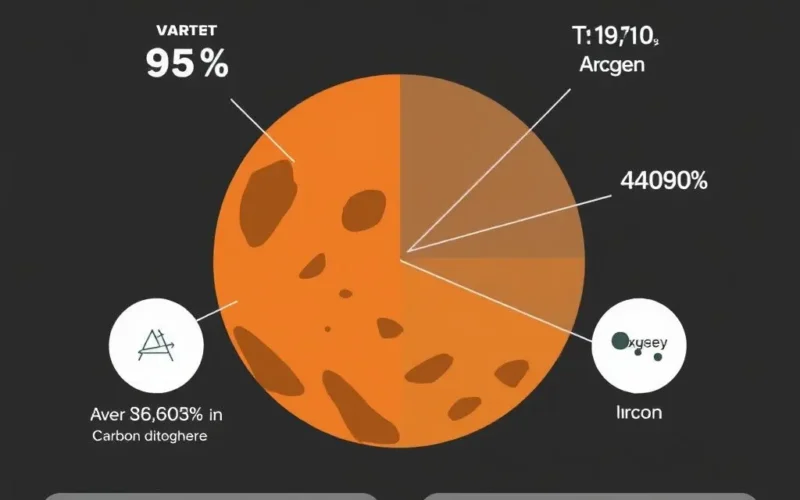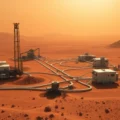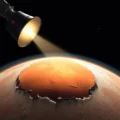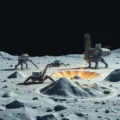Imagine stepping onto Mars. The landscape is breathtaking, the horizon vast. But there’s a crucial problem: the air isn’t breathable. The thin Martian atmosphere is over 95% carbon dioxide. So, how will future explorers survive, or even get back home? This isn’t a problem left for future generations to solve; NASA is tackling it right now aboard the Perseverance rover.
Enter MOXIE.
Table of Contents
What Exactly is MOXIE?
MOXIE stands for the Mars Oxygen In-Situ Resource Utilization Experiment. Tucked away on the front of the Perseverance rover, this relatively small instrument (about the size of a toaster oven) is performing a task of colossal importance: proving we can make oxygen on another planet. It’s a key demonstration for a concept called In-Situ Resource Utilization, or ISRU, which is fancy talk for ‘living off the land’.
Before we dive deeper into the how and why, sometimes seeing is believing. Get a quick glimpse into MOXIE’s incredible work with this short video:
The Challenge of the Martian Atmosphere
Unlike Earth’s nitrogen and oxygen-rich atmosphere, Mars offers a harsh environment. Its atmosphere is incredibly thin, less than 1% of Earth’s atmospheric pressure at sea level, and primarily composed of:
- Carbon Dioxide (CO2): ~95.3%
- Nitrogen (N2): ~2.6%
- Argon (Ar): ~1.9%
- Oxygen (O2): ~0.16%
- Carbon Monoxide (CO): ~0.08%
Breathing this air is impossible. Any oxygen needed for life support or other processes must either be brought from Earth (heavy and expensive) or somehow created on Mars itself using the available resources. MOXIE focuses on the most abundant resource: carbon dioxide.
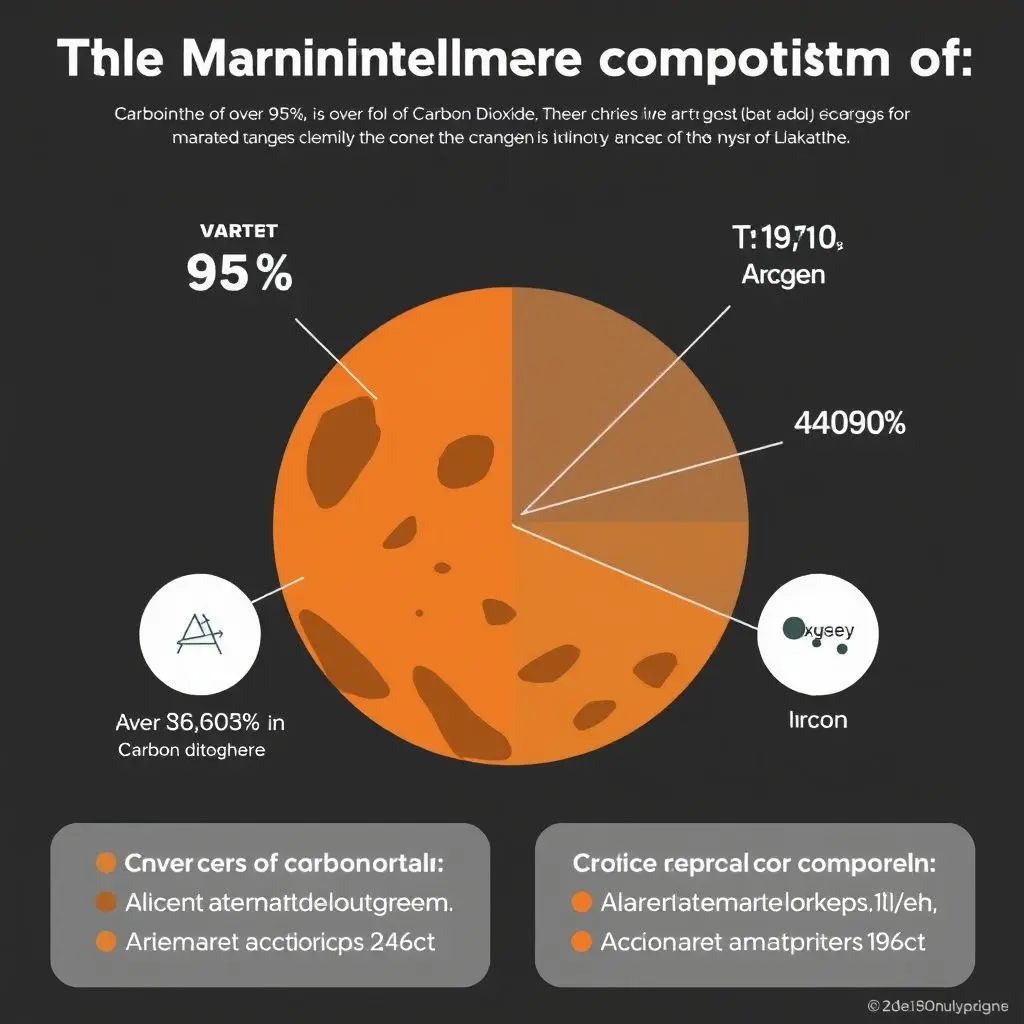
How MOXIE Works: Splitting Molecules at High Heat
MOXIE’s core process is essentially the reverse of combustion or respiration, but achieved through solid oxide electrolysis. Think of it as an artificial tree on steroids, designed for a carbon dioxide-rich world.
Here’s a simplified breakdown:
- Intake and Filtration: MOXIE draws in the thin Martian air from the surroundings. The air is filtered to remove dust particles, which are ubiquitous and problematic on Mars.
- Compression: The filtered CO2 is slightly pressurized.
- Heating: This is a crucial step. The CO2 gas is heated to a scorching temperature, around 800 degrees Celsius (over 1470 degrees Fahrenheit). At these temperatures, certain ceramic materials become conductive for oxygen ions.
- Electrolysis: The heated CO2 flows into a Solid Oxide Electrolyzer Cell (SOEC) stack. This stack consists of special ceramic discs coated with electrodes. When an electrical current is passed through the stack at high temperature, the CO2 molecules (CO2) are split.
- Separation: The CO2 molecule (CO2) is broken down into a carbon monoxide molecule (CO) and an oxygen atom (O). These oxygen atoms gain electrons at the cathode (negative electrode) to become oxygen ions (O2-). These ions then migrate through the solid ceramic electrolyte and recombine at the anode (positive electrode) to form breathable molecular oxygen (O2). The carbon monoxide (CO) and any leftover CO2 are vented back into the Martian atmosphere.
The chemical reaction is fundamentally: 2CO2 → 2CO + O2.
This process requires significant energy, which MOXIE draws from Perseverance’s radioisotope thermoelectric generator (RTG), though future, larger systems would likely need dedicated power sources like fission reactors or large solar arrays.
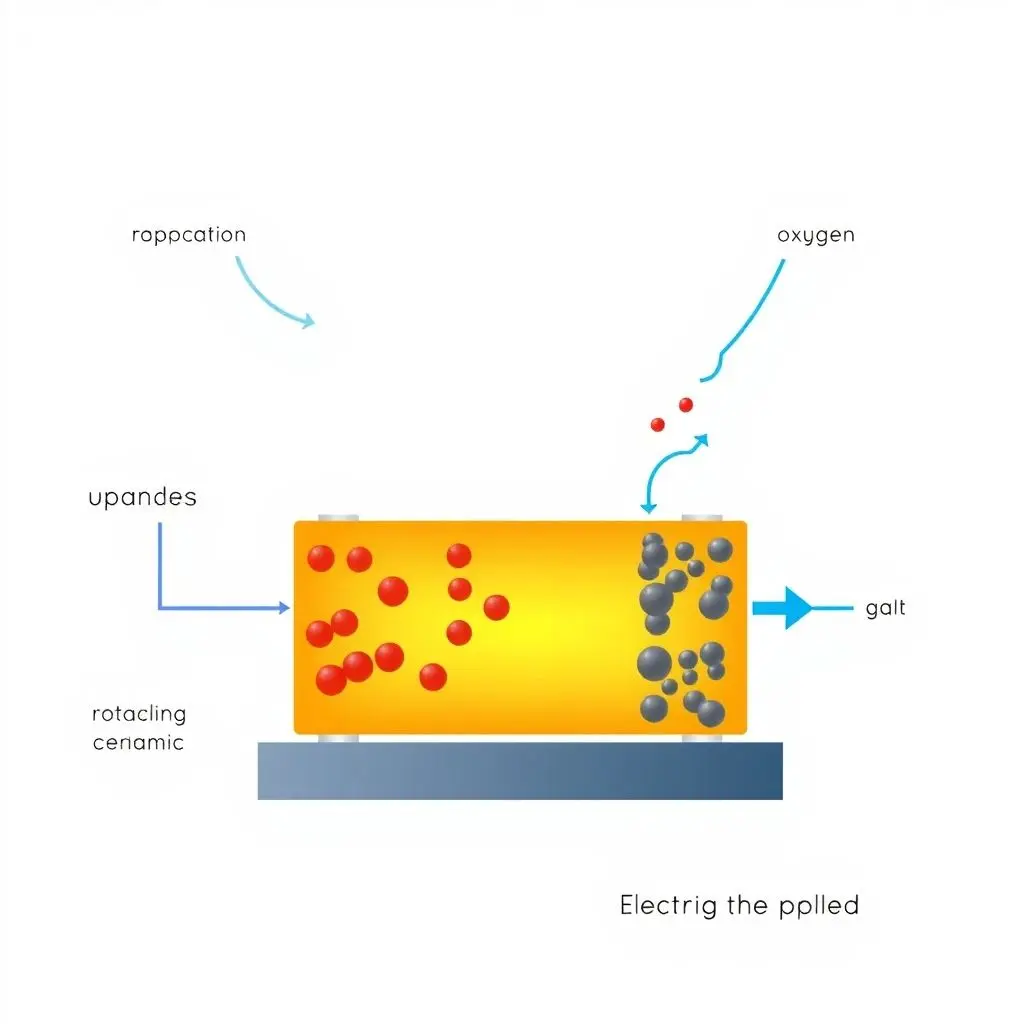
Why is Making Oxygen on Mars Such a Big Deal?
The importance of MOXIE cannot be overstated. While oxygen is essential for astronauts to breathe, its most significant role for long-term Mars missions is as an oxidizer for rocket propellant.
Oxygen for Breathing
Any habitat or spacesuit on Mars will require a continuous supply of breathable air, which is predominantly oxygen. Hauling all that oxygen from Earth for years of operation would be logistically challenging and incredibly expensive.
Oxygen for Rocket Fuel
Getting to Mars is one challenge; getting back is another. A typical plan for a crewed Mars sample return or ascent mission involves using propellant generated on Mars. While methane (CH4) could potentially be produced using Martian water ice and atmospheric CO2 (via processes like the Sabatier reaction, another potential ISRU method), the oxidizer required is oxygen (O2). The reaction CH4 + 2O2 → CO2 + 2H2O shows that for every ton of methane fuel, you need roughly four tons of oxygen oxidizer.
Hauling tons of liquid oxygen (LOX) all the way from Earth to Mars is a monumental task. It requires massive rockets, takes up valuable cargo space, and the oxygen needs to be kept cryogenically cooled throughout the long journey. By making the oxygen on the surface of Mars using MOXIE-like technology, future missions could potentially leave the Earth-to-Mars oxygen tanks behind, dramatically reducing the launch mass needed from Earth. This makes round-trip Mars missions significantly more feasible and sustainable.

MOXIE’s Successes and Significance
Since the Perseverance rover landed in February 2021, MOXIE has been successfully operating during various Martian conditions – different times of day, different seasons, varying atmospheric pressures. Each successful run, converting a small amount of CO2 into oxygen, validates the core technology and provides invaluable data on its performance and durability in the harsh Martian environment.
The amount of oxygen produced by MOXIE in a single run is relatively small, enough for maybe 10 minutes of astronaut breathing, but that’s not the point. The point is the demonstration. MOXIE has proven that solid oxide electrolysis works on Mars, paving the way for scaling up the technology. Future versions could be hundreds of times larger, operating continuously to produce the tens of tons of oxygen required for a crewed mission’s return journey.
This experiment is a cornerstone of NASA’s plans for human exploration. It moves us from simply visiting other worlds to potentially
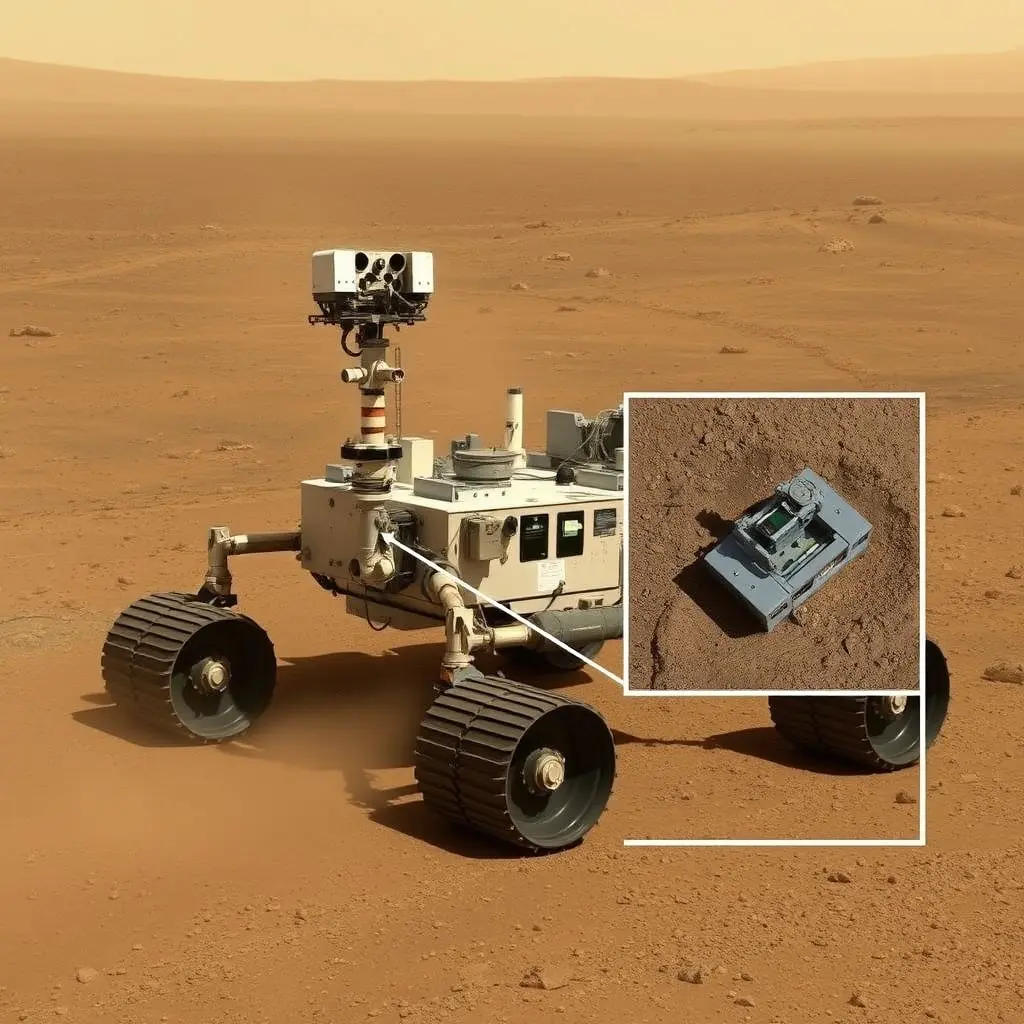
The Future is ISRU
MOXIE is a prime example of In-Situ Resource Utilization in action. ISRU isn’t just about oxygen; it’s about using *any* available resource on an alien world – water ice for drinking, hygiene, and propellant; surface materials for construction; atmospheric gases for life support or fuel components. By demonstrating the feasibility of making oxygen from the Martian air, MOXIE is taking a giant leap towards making long-duration stays and round trips to Mars economically and technologically viable.
Future missions envision large-scale MOXIE-like plants producing and storing oxygen long before astronauts even arrive. This pre-deployed infrastructure would be critical for reducing risk and enabling ambitious exploration objectives.
Frequently Asked Questions About MOXIE
How much oxygen does MOXIE make?
MOXIE is designed to produce about 6 to 10 grams of oxygen per hour. While this is a small amount for exploration needs, its success validates the process for scaling up.
Can MOXIE make oxygen for breathing?
Yes, the oxygen produced is pure enough for breathing, but the rate is far too low to support a human or even a habitat currently. Its primary near-term application is for rocket propellant.
How long did MOXIE operate?
MOXIE operated successfully for over two years, completing 16 runs across various Martian seasons and times of day before concluding its operations in late 2023, having successfully demonstrated its capability.
What happens to the carbon monoxide (CO) waste product?
The carbon monoxide, along with any unreacted CO2, is vented back into the Martian atmosphere. CO is a known hazard to humans, but on Mars it quickly disperses into the vast, thin atmosphere.
Is MOXIE proof we can live on Mars?
MOXIE is a crucial step, proving a core technology needed for sustainable presence. It’s not the *only* thing needed (life support, radiation shielding, food, water, etc., are also vital), but it removes a major logistical hurdle.
Beyond the Horizon: A Breath of Fresh Air for Exploration
The success of MOXIE is more than just a technological achievement; it’s a paradigm shift. It demonstrates that we don’t have to be solely reliant on Earth for every resource needed to explore the solar system. We can become part of the environments we visit, using local materials to forge a path forward.
By turning thin, unbreathable Martian air into a resource vital for life support and propulsion, MOXIE has unlocked a potential future where human outposts on Mars are not just temporary visits but sustainable endeavors. This little instrument is a powerful symbol of humanity’s ingenuity and our persistent drive to explore, laying the groundwork for the day when astronauts will truly breathe Martian air, produced by technology born on Earth, but thriving on another world.
